It might be his Buddhist practice, but something has led Anthony Stevens to develop a deep insight into the machinations of the world. It’s apparent in his contemplative appliquéd and embroidered textile artworks.
Though these hand-stitched textiles at first appear simplistic – some might say even child-like with their primary colours and candidly scripted text – further examination makes it clear that a great deal of thought has gone into these works.
The chattering ‘monkey mind’ spills out onto the fabric, countered with calming insights. In these artworks, you can interpret the duality of the world’s concerns juxtaposed with the mindfulness of walking the middle path – and the ultimate solution of being at peace.
Anthony works from his home in Brighton in the UK. He developed his artistic skills organically in his 30s, having learnt the basics from his mother in childhood.
During a difficult period in his life, Anthony found that sorting through a bag of colourful fabric scraps helped him to deal with his anxieties and regain a state of calm. Little by little, he developed these scraps into small collages. Today, his artworks are being exhibited in the UK and internationally.
In the true Buddhist tradition of loving kindness, or metta, Anthony gives back to the world, by managing inclusive arts projects for a small user-led mental health charity. His story epitomises the phrase ‘every cloud has a silver lining’ and is encouragement for us all to ‘keep calm and carry on stitching’.
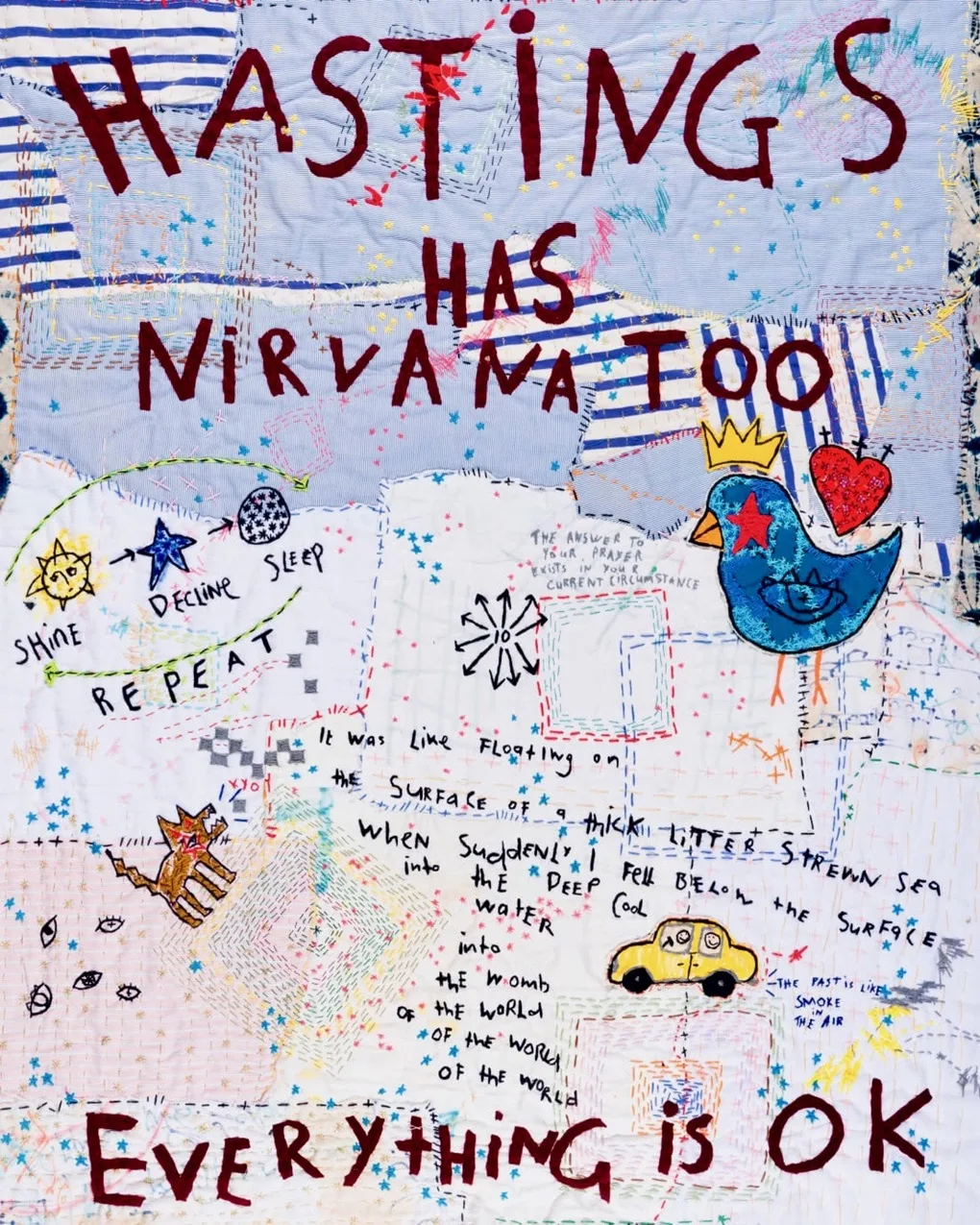
A turning point
What initially attracted you to textiles as a medium? How was your imagination captured?
Anthony Stevens: Growing up, I had no plans to become an artist, it simply didn’t occur to me that it would, or could, be an option. However, life often has its own agenda that can sometimes run in opposition to what we think is best for us, and I feel that this is a rather wonderful thing.
Hastings Has Nirvana Too is based around a watershed experience in my early 30s when I was leading a life that I had built on shifting sands, that was beginning to crumble. Amidst the turmoil, I did what I always do when struggling, and started to chant ‘nam myoho renge kyo, nam myoho renge kyo’ over and over again.
I ‘heard’ a very quiet inner voice say ‘the answer to your prayers lies within your current circumstance’. I changed the focus of my chanting from denial of the experience of that moment to one of gratitude. It was at this moment that I felt as if I dropped through the surface of a polluted and rubbish strewn sea into the most beautiful clear water below.
The experience was full of paradoxes. I had never experienced anything like it, and yet it was intimately familiar. It seemed to come from within and yet it also felt that it was coming from without.
I had never felt such peace and security, and yet outwardly everything was so chaotic. Yet, the very clear message welled up from deep within me ‘everything is ok’. The intensity of this experience passed quickly, but the vestige of it remained.
During the following year, instinct led me to buy a large bag of colourful scrap fabric from a dress shop. I spent many hours sifting through the pile, untangling things; sorting the scraps into different piles and putting them back in the bag. I found this activity immensely calming and satisfying.
“Every piece of fabric had inherent value and potential: I had to either wait for the right time, or learn how to work with it.
As it turns out, this has been a good metaphor for life – and people!”
Anthony Stevens, Textile artist
I made it a rule not to discard anything as it might prove valuable at a later date, even if I couldn’t think of how to use it at that moment.
It dawned on me that this was a direct reflection of what was happening for me internally. A memory of sitting with my mom as a child while she made things came into conscious thought, and I slowly started to make little collages from the scraps.
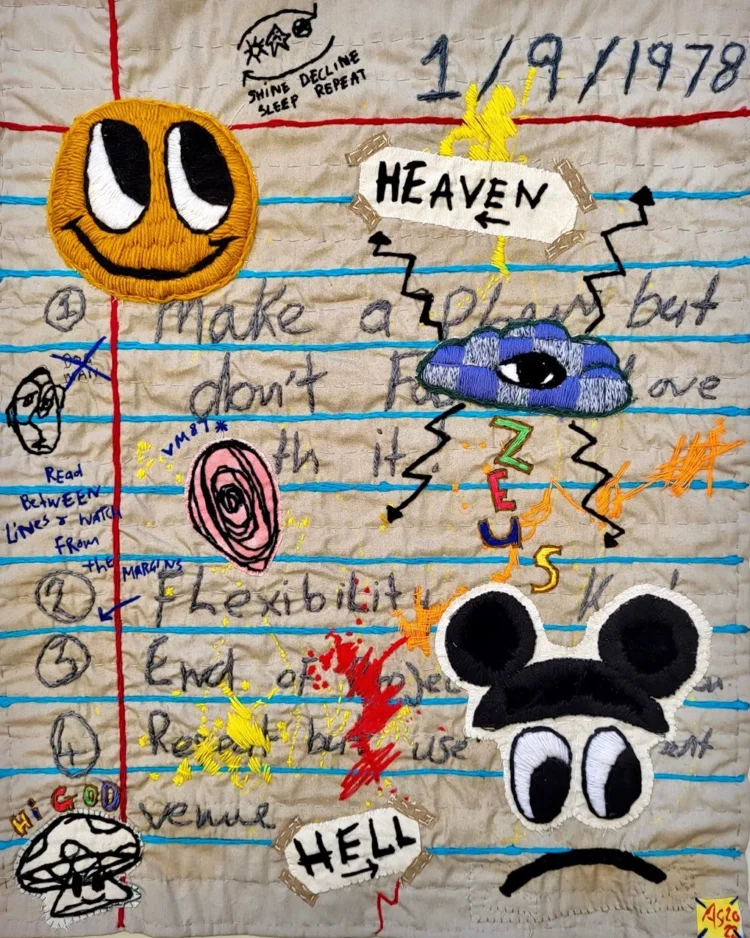



What or who were your early influences, and how has your life and upbringing influenced your work?
My mother was my earliest influence when it comes to textiles and needlework. She was a very talented, amateur dressmaker.
I’d often sit with her when she was working on a project and rummage through her sewing box. To stop me doing this and distracting her, she would make little cotton bags and get me to draw on them. She’d give me a large darning needle and wool, show me how to do a basic stitch and tell me to colour in the picture. This is still very much the way I work now.
Mindful embroidery
Your ethos – based on your narratives, thoughts and themes – is the basis for your work. Can you tell us how this developed?
The development of my ethos has been a very natural and organic process that’s directly connected with the daily (well, almost daily) Nichiren Buddhist practice that I’ve carried out for many years. I feel there’s a direct interplay between the internal world and what plays out externally.
I feel that Buddhism and embroidery are both very good tools for observing the mind. They both provide space to explore in depth the personal and shared human experience.
When engaged mindfully, room is made for our inherent creative wisdom to bubble up from our depths and filter through our discrete personalities. It can take the raw materials of our lives – the good, the bad and the ugly – and transform them into something wonderful.
“The texture of our lives changes when given time and attention, just as cloth does when it’s held and worked with for long periods. It softens, but paradoxically becomes stronger, when the repetitive act of stitching adds layers as a story or image is played out.”
Anthony Stevens, Textile artist


Colouring with thread
Which topics and themes influence your work? Why do these inspire you?
In brief, I suppose I’m interested in what Buddhism refers to as the three poisons: greed, anger and ignorance; how we deal with them and also how these things show up in the human experience and the world at large, such as in consumerist culture and war.
As for why? Well, for better or worse, I have a rather generous personal share of all three, so I’m not short on inspiration! For me, it’s a matter of recognising the poison in our lives and slowly turning it into medicine.
Stitching with faith
I’m naturally very curious, so if a particular subject matter, artist or image grabs my attention, I’ll spend a lot of time researching and just soaking things up. Doing this makes life such a rich experience.
Everything can inform and be a source of inspiration. Because of this, I tend to carry notebooks with me to jot down observations, thoughts and feelings as they occur. I also note any particular themes or images that occur during my daily Buddhist chanting.
“I think that there’s an element of faith involved in making something, that if you keep moving forward, the next step will appear.”
Anthony Stevens, Textile artist
What, or who, inspires you, and why?
That is a tough question. All manner of people and things are inspiring. I think anyone who demonstrates courage and compassion is inspiring, especially in difficult circumstances.

Organic and low-tech
How do you develop ideas for your work?
I’ve had no formal artistic training. My development has been a process of trial, error and lots of time spent making work. I don’t have a particularly rigid process of working. Sometimes I can see a whole piece in my mind’s eye and I work towards that.
At other times, a piece might start with just a phrase or fragment of an idea from a sketchbook or an observation. This becomes a much more intuitive way of working and I have to trust the process. Or, I might have made a collage at an earlier date that evolves into a piece of textile artwork. This is especially useful if time is an issue.
But in general, whatever the method I’m working with, I tend to chunk everything down and create the hand embroidered imagery on a hoop, which I later appliqué onto the background. The background is usually laid onto blue felt and hand stitched together.
Every layer will have its own meaning and purpose. My process is all very organic and decidedly low-tech.


What fabrics, threads and other materials do you like to use in your work?
I use all manner of threads and materials. Wherever possible, I’ll use recycled or secondhand fabrics. These might be gifted to me, sourced from old clothing, or found. I do buy a large roll of felt every year from a shop called Fabric Land. I’ll also buy calico from there too.
A bit like inspiration, materials can be found from many different sources. One particular treasure was a beautiful cotton duvet cover a friend gifted me. I was able to create a whole series of commissioned works from this – it was lovely to work with, too.
No such thing as rubbish
Do you have a piece of your work that holds particularly fond memories?
Yes – any piece that I thought was rubbish and put away. These pieces have always become the starting point for something that I’ve really valued making. This can be due to time and seeing things from a different perspective, or because they can be deconstructed or become the ‘missing piece’ for a current work. I love it when this happens.



What’s been your biggest challenge so far in creating your art, and how did you overcome that challenge?
Time: making it and having enough of it. One of the things that I particularly enjoy about hand embroidery and sewing is the sense of flow that can occur. This can be quite difficult to achieve when the pockets of time are short or irregular and there are the distractions of work and other things.
I’m not sure that I’ve yet overcome this particular challenge, but I find working early in the morning and in the latter part of the evening very useful.
It’s all about you
What advice would you give to an aspiring textile artist?
Put your whole self into your work, note what interests you and follow that. Also, just keep on making and don’t disregard anything you make. Its value might not reveal itself until sometime in the future.
If you’re really struggling with something, just let it be and put it away. When the time is right, it could be the groundwork for the best thing you ever make.



Anthony Stevens is a self-taught textile artist based in Brighton, UK.
Anthony is represented by the Candida Stevens Gallery, having been discovered via the organisation Outside In. He is also represented by Copenhagen Outsider Art Gallery in Denmark and has shown work at London Art Fair and Collect Art Fair. His work has been in solo and group shows in Berlin, Copenhagen, Frankfurt, Brighton and London. Anthony works as a project coordinator, managing inclusive arts projects for Recovery Partners, a small user-led mental health charity.
Artist website: Anthony Stevens (Candida Stevens Gallery)
Instagram: @wabisabistar
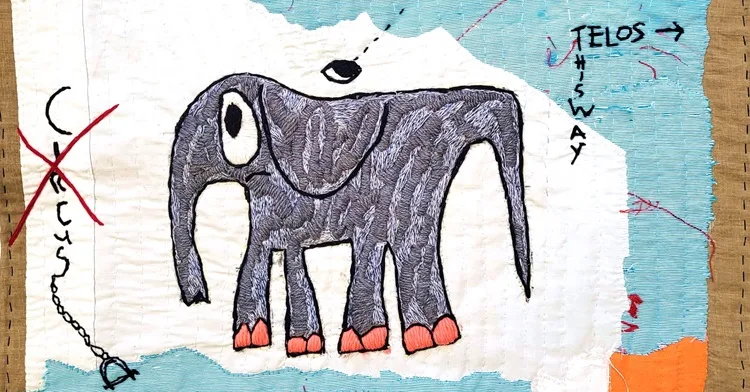

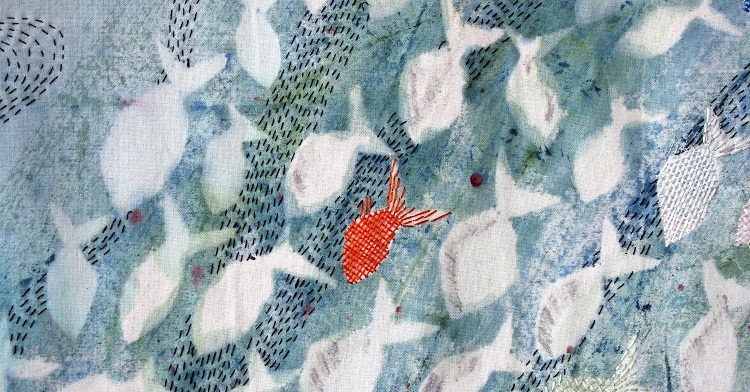
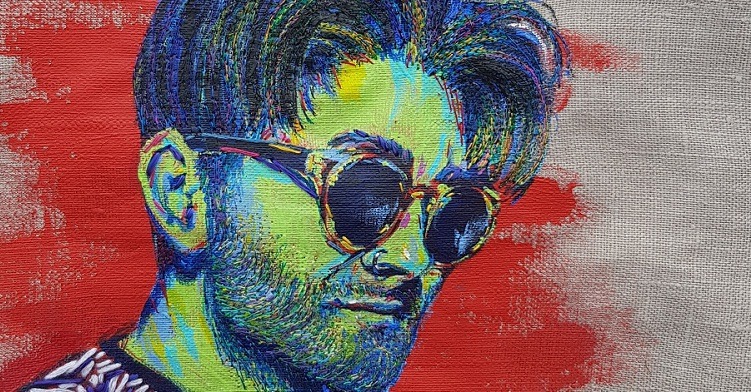
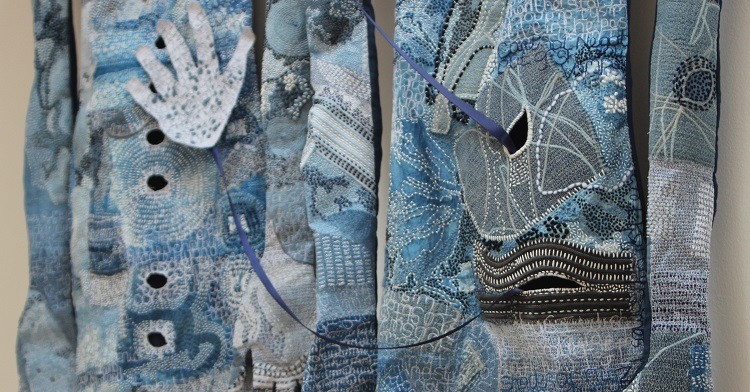
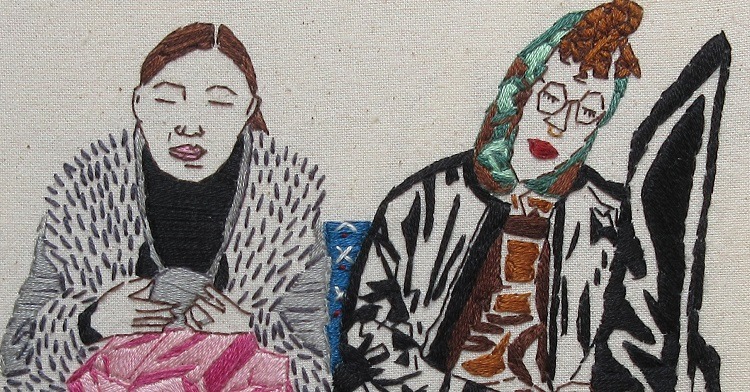
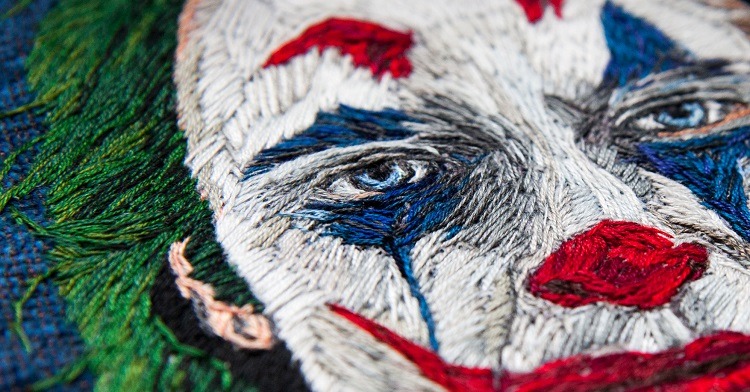
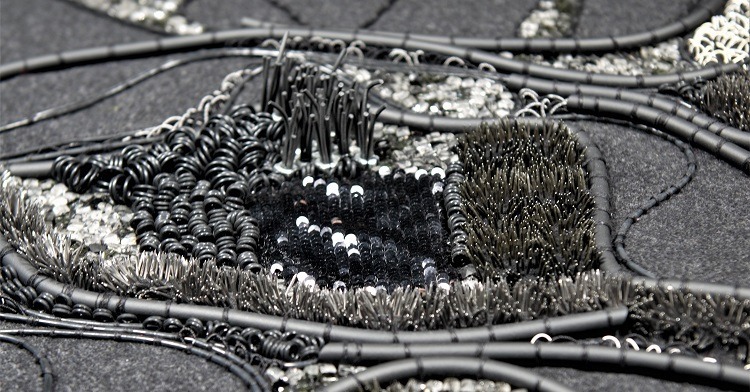
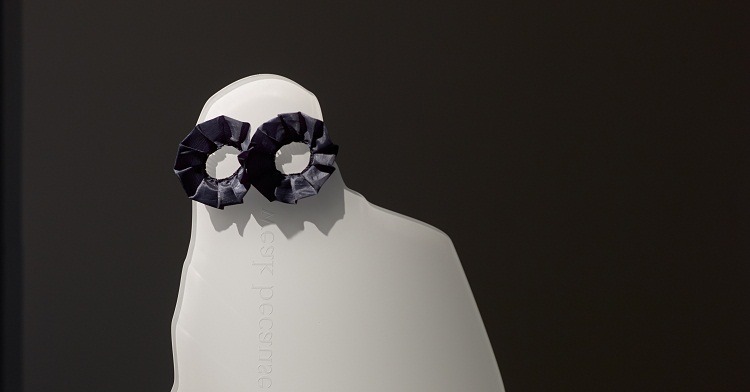
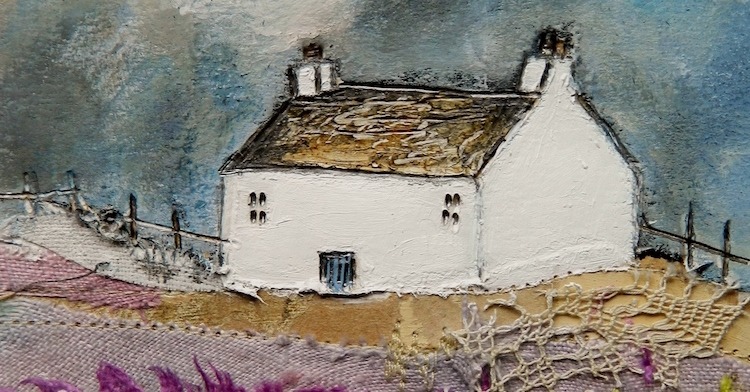
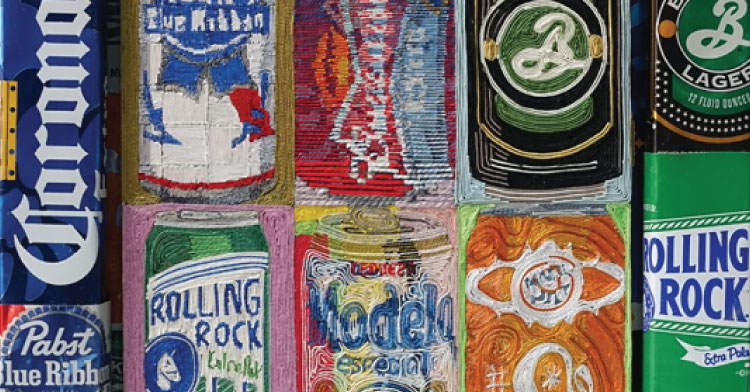
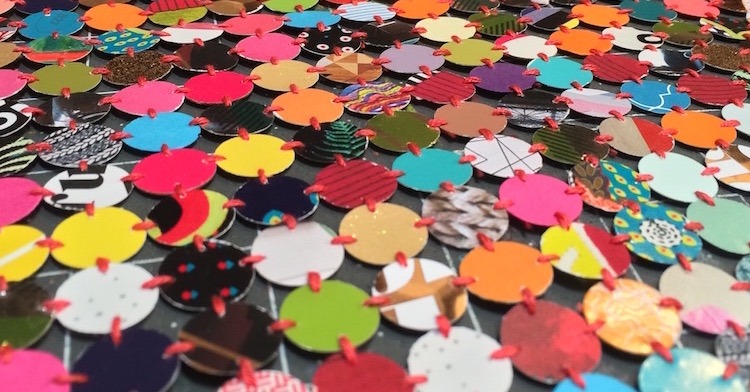
Comments